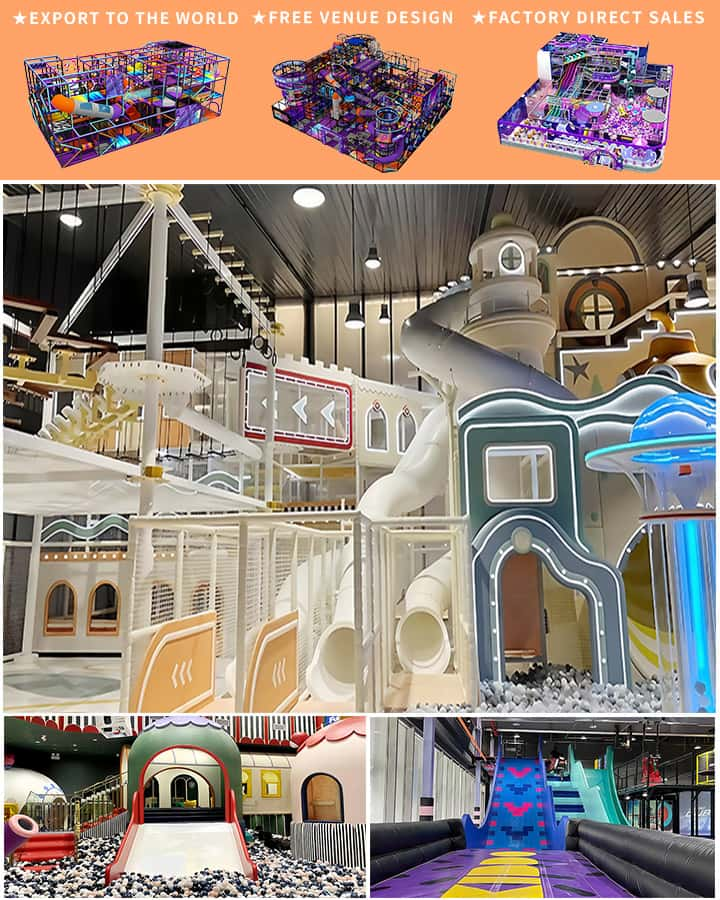Building a playground for kids is not just about installing swings or slides; it’s about crafting a space where imagination, physical activity, and social interaction flourish. Whether you’re designing a community park, a backyard oasis, or a schoolyard sanctuary, the following steps will guide you in creating a safe, exciting, and age-appropriate playground that children will love.
Assess Your Space and Needs
1. Identify the Available Space
The first step in creating a playground is understanding the area you have to work with. Measure the dimensions of your space and note any potential obstacles like trees, slopes, or structures. The size and shape of the area will influence the types and number of play structures you can include.
2. Determine the Age Groups
Children of different ages have varying needs and safety requirements. Consider whether your playground will cater primarily to toddlers (ages 1-5), elementary-aged children (ages 5-12), or a mix of both. Toddlers require lower, softer play structures, while older children may enjoy more challenging climbing frames and slides.
Plan Your Play Area Zones
3. Create Diverse Play Zones
To keep things interesting and cater to various interests, divide the playground into different zones. Here are some popular options:

- Climbing Zone: Include climbing walls, ropes, and cargo nets to promote physical strength and coordination.
- Slide Zone: Install a variety of slides—straight, spiral, and twisty—to provide thrilling experiences.
- Swing Zone: Ensure you have swings suitable for different age groups, such as baby swings, traditional belt swings, and trapeze rings.
- Activity Zone: Incorporate sandpits, water tables, and musical instruments to stimulate creativity and sensory exploration.
- Rest and Social Zone: Add benches, picnic tables, and shaded areas where kids can relax and parents can supervise.
4. Safety First
Safety is paramount in playground design. Use shock-absorbent materials like rubber mats or wood chips under all play equipment to cushion falls. Ensure that all structures are built from durable, non-toxic materials and adhere to local regulations and standards. Additionally, install soft landing surfaces around the perimeter of higher play structures.
Choose Engaging Equipment
5. Select High-Quality Play Equipment
Invest in high-quality, well-constructed playground equipment. This not only ensures durability but also enhances safety. Reputable manufacturers often provide detailed installation guides and warranties. When selecting equipment, consider its inclusiveness—look for items that accommodate children of various abilities.
6. Incorporate Natural Elements
Integrating natural elements such as grassy hills, logs, and stones can make the playground more engaging. These features encourage imaginative play and connect children with nature. Ensure these elements are smooth and free of sharp edges to maintain safety.
Add Finishing Touches
7. Decorative Elements
Add vibrant colors, murals, and themed decorations to make the playground inviting and stimulating. Bright colors can help delineate different zones and create a visually appealing environment. Involve local artists in creating murals or decorative installations to foster community spirit.
8. Proper Lighting and Maintenance
If the playground will be used after dark, install appropriate lighting for safety. Regular maintenance is crucial to keep the playground in top condition. Schedule periodic checks for wear and tear, and promptly repair or replace damaged equipment.
9. Community Involvement
Involving the community in the planning process can lead to greater satisfaction and use of the playground. Host meetings, distribute surveys, and gather feedback from parents, teachers, and kids to understand their needs and preferences. Community involvement can also help secure funding and support for the project.
Conclusion: A Place for Every Child
Creating a playground for kids requires thoughtful planning, attention to safety, and a touch of creativity. By assessing your space, catering to different age groups, and incorporating diverse play zones, you can design a playground that offers endless hours of fun and developmental benefits. Remember, the ultimate goal is to create a welcoming and inclusive space where every child feels safe, engaged, and inspired to explore their world through play.




